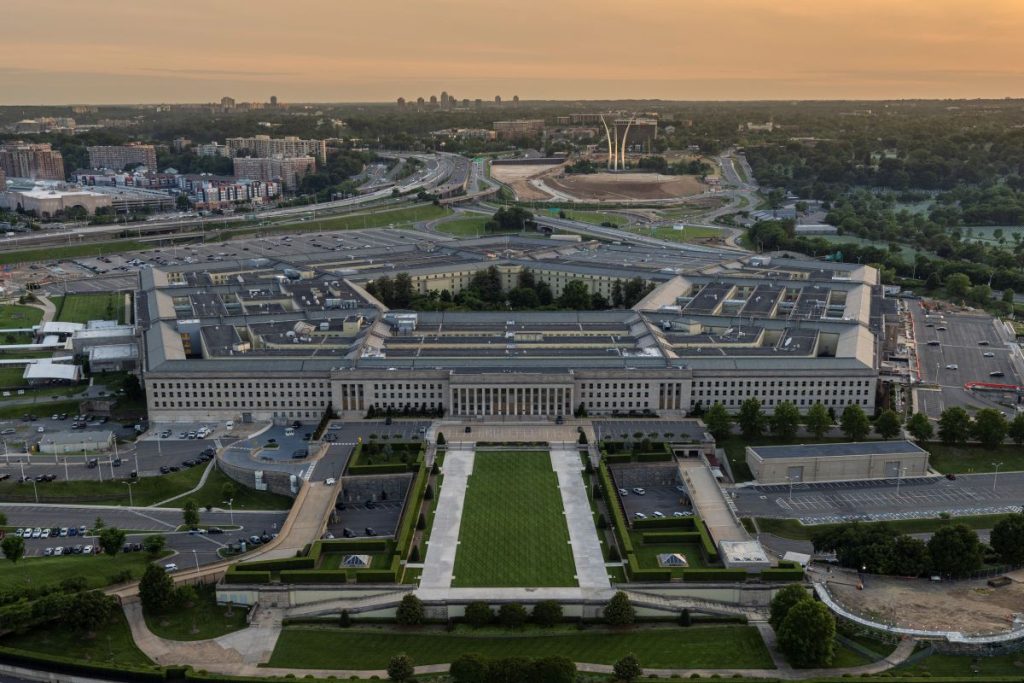On August 1, 2025, President Donald Trump announced on Truth Social the deployment of two nuclear submarines to unspecified regions. This action was precipitation by a provocative nuclear “Dead Hand” threat from Russia’s Dmitry Medvedev-Russia’s former president and current Deputy Chairman of the Security Council. This bold move, tied to the Russia-Ukraine conflict, has heightened global tensions. Let’s explore what happened, Trump’s peace efforts, and the stakes involved.
What Specifically Sparked Trump’s Decision?
Trump’s submarine deployment followed Medvedev’s social media posts referencing Russia’s “Dead Hand,” a Cold War-era system designed to automatically launch nuclear missiles if a decapitating strike destroyed Soviet leadership. Medvedev’s comments were an extreme counter to Trump’s call for a Russia-Ukraine ceasefire within 10 days, or face U.S. sanctions. Trump called this rhetoric “foolish and inflammatory,” stating, “Words are very important, and can often lead to unintended consequences,” framing the submarines as a precaution.

Trump’s Efforts to End the Russia-Ukraine War
Trump has assertively pursued an end to the Russia-Ukraine war, ongoing since February 2022. His administration has held direct talks with Russian and Ukrainian leaders, hosted international summits, and proposed economic incentives for peace. Trump has also pushed for ceasefire plans, neutral zones, and threatened tariffs to pressure Russia. Despite these efforts, Russia’s reluctance and Medvedev’s provocative statements have hindered progress, leading to Trump’s submarine deployment to signal resolve while continuing diplomatic efforts.
The Dead Hand System vs. U.S. Nuclear Systems
The Soviet Union’s Dead Hand, or Perimeter, is an automated nuclear control system designed to ensure retaliation even if leadership is eliminated. Activated during crises, it uses sensors (seismic, light, radiation, pressure) to detect a nuclear attack. If communication with command is lost, it can automatically send launch orders guaranteeing mutually assured destruction (MAD). The weapons it can deploy include intercontinental ballistic missiles (ICBMs), bombers, and submarines via command rockets.
In contrast, U.S. nuclear systems prioritize human control and “fail-safe” protocols. The U.S. relies on a robust nuclear command, control, and communications (NC3) system, with strict human oversight at every step, including the “two-man rule” requiring multiple authorizations for launch. Systems like the Emergency Rocket Communications System (ERCS) can transmit launch orders but need active human initiation. The U.S. avoids automatic triggers like Dead Hand, focusing on survivable command structures, such as airborne command posts (E-6B Mercury aircraft), to ensure second-strike capability without risking accidental launches due to malfunctions or false alarms.
Key differences include:
Automation: Dead Hand’s automatic nature allows potential launches without human input post-activation; U.S. systems require continuous human authorization.
Deterrence Philosophy: Dead Hand’s fail-deadly design ensures retaliation even after leadership loss, while the U.S. emphasizes fail-safe measures to prevent unintended launches.
Risks: Dead Hand risks accidental escalation from sensor errors; U.S. systems prioritize human judgment to reduce false-alarm risks.
The Submarine Deployment: What We Know
Details about Trump’s submarines are vague, with the Pentagon citing “strategic ambiguity.” It’s unclear if they’re nuclear-powered or nuclear-armed, or already in place. Unlike typical secret deployments, Trump’s public announcement signals intent to deter Russia. Analysts like Evelyn Farkas suggest it’s rhetorical posturing, as U.S. submarines are often globally deployed.

Why This Matters
The Russia-Ukraine war remains a global flashpoint. Medvedev’s Dead Hand reference revives Cold War fears of automated nuclear retaliation. Trump’s submarine move, likely symbolic, underscores U.S. readiness to counter threats, if need be.
What’s Next?
Trump’s diplomatic push faces challenges from Russia’s stance and Medvedev’s provocations. The submarines’ unclear status keeps tensions high. Experts urge de-escalation to avoid catastrophic missteps.
Conclusion
Trump’s submarine deployment responds to Medvedev’s Dead Hand threat, highlighting stark differences between Russia’s automated nuclear system and the U.S.’s human-controlled approach. Despite Trump’s exhaustive peace efforts, the Russia-Ukraine war persists, and this escalation underscores the delicate balance of nuclear deterrence. De-escalation is critical to prevent catastrophic consequences, and more importantly end the death of thousands daily in Russia and Ukraine. Do you agree or disagree with President Trumps response to Medvedev’s threat and why?Follow Cara Mello on X






